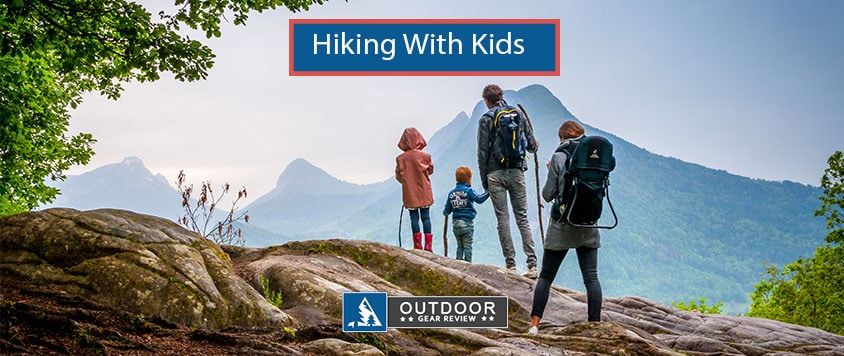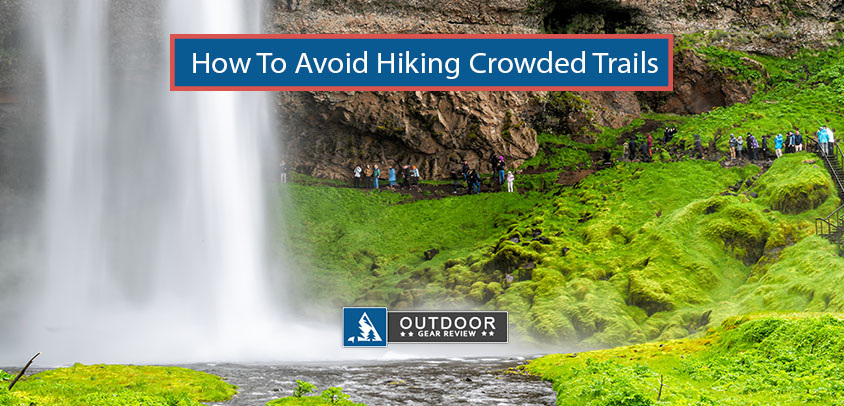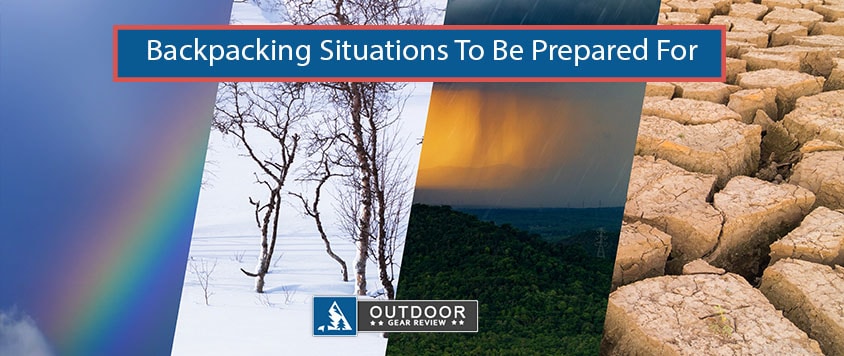
Top 6 Backpacking Situations To Be Prepared For

Mother Nature
Mother Nature is unpredictable and planning only works to a certain extent. In fact, there is not much you can do at home to prepare for when Mother Nature takes a turn for the worse. However, having some pre-existing knowledge before being put in those situations can go a long way in ensuring your safety. Here are a few basic tips for the most common situations a backpacker will face.
Be sure to also read our article on the Top 5 backpacking skills you need before you start hiking.
Weather
A backpacker can expect a wide range of dangerous weather conditions. Let’s take a look at the most commonly encountered situations.
Heat
In extreme heat, your main goal is to keep cool and well-hydrated.
- Wear a wide-brimmed hat to protect your scalp, face and neck
- Wear lightweight, breathable clothing
- Ensure you have plenty of water to make it to the next water supply. If distances are lengthy, carry extra water or ration what you have throughout the day. We recommend purchasing a water filter or purifier. View water filter and purifiers here
- Hike in the morning and evening to avoid the hottest part of the day
- Wear and re-apply sunscreen to protect against sunburn
- Drape a wet handkerchief around your neck or even tie over your head
Cold
In extreme cold, your main goal is to keep warm and dry.
- Practice the layer system for clothing
- Keep your head, hands and feet covered as they contribute the most to heat loss
- Wear rain gear when precipitation is in the forecast, and keep your clothes dry
- Pace yourself such that you do not break a sweat.
- Keep your breaks or rest stops short
- Stay hydrated and well-fed
- If hypothermia starts to set in, get into your sleeping bad and wear all your dry clothes. Drink hot water to increase your core temperature
In one cold weather situation, I was backpacking with a friend in the late fall in Colorado, when a snow storm came in. We were on the top of a ridge at treeline when we were getting blasted with 30mph wind and snow. We setup our tent and climbed into our sleeping bags for the night to let the storm pass.
In effort to keep my hydration bladder from freezing, I placed it next to my sleeping bag. Later that night I woke up to my down sleeping bag completely wet. I literally had to ring out my sleeping bag.
At the time, my hydration bladder didn’t have a lock on the mouthpiece and it leaked all over my sleeping pad and sleeping bag. I was completely soaked and started to freeze. It was 1am and I had hours before it was daylight out.
I layered up with the dry clothes that I had and the part of the sleeping bag that wasn’t wet on top of me to keep me from freezing. It was the coldest I’ve ever been in my life and I was miserable.
Later that morning as my buddy and I were hiking out, he says “What? You were cold and wet last night. You should have let me know, I had two sleeping bags! We’re in the rockies” (see video).
And yes, I did immediately throw away my hydration bladder and purchased another one “with” a locking valve.
Lightning
Lightning storms can be terrifying events. Unexpected storms happen. The key is to stay calm and follow these general recommendations.
- Avoid exposed ridges or high elevations compared to surrounding areas.
- Avoid lone trees or the tallest tree in the forest.
- Do not seek cover in rock overhangs.
- Keep metal objects such a trekking poles or your internal pack away from you.
- Avoid puddles or other wet areas.
- Make yourself as small as possible and as low to the ground as possible.
- Crouch on an insulating object such as a frameless backpack. View our best backpacks here.
- Keep yourself distanced from other hikers.
Animals
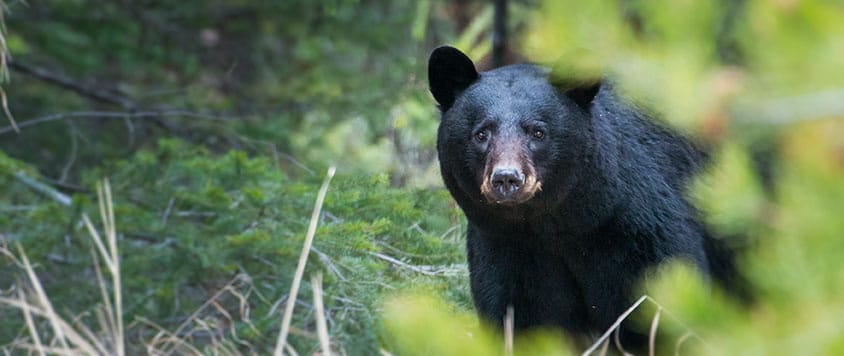
Observing animals in their natural habitat can be a fascinating experience. Feel free to keep a safe distance and witness the show. Stay alert for any cues that might indicate the animal perceives you as a threat. If this happens, you should distance yourself further. Remember, we are visitors to their habitat.
Bears
If hiking in the United States, you may encounter black bears or grizzly bears. To minimize bear encounters:
- Don’t cook where you camp.
- Hang your food at night or use other bear prevention techniques. Hang your food 50+ yards away from where you are sleeping and do not keep any food in your tent.
- Make some noise while walking to avoid surprising a bear.
- Hike and travel in groups.
If you see a bear:
- Stop, stay calm and remember most bears do not want to attack you.
- Keep a safe distance away.
- Avoid making eye contact.
- Pick up small children right away.
I’ve been in the woods and have frequently had run-in’s with bears, both on trail and backcountry hiking. I’ve been as close as 20 yards away when I’ve came face to face with a black bear. When this happened, I stopped hiking and started talking to the bear. I put my arms in the air and made a TON of noise. No I didn’t scream like a girl, but it was close 🙂
The bear froze, looked at me and after what seemed like an eternity, the bear turn around and ran away. I watched the direction the bear ran and promptly went the opposite direction.
In another crazy confrontation. I was backcountry hiking with a friend of mine when we walked upon a mother black bear and two cubs! They were about 30 yards away when we saw them.
The two cubs immediately ran up two trees and the mother ran 20 yards away, turned around and stood on her hind legs looking back at us. My friend and I sllloooowwly backed away and hiked way around the small family. In this situation, we didn’t make a sound or yell at them. As we were right at treeline, we were able to maintain sight of them to ensure that the mother didn’t begin attacking.
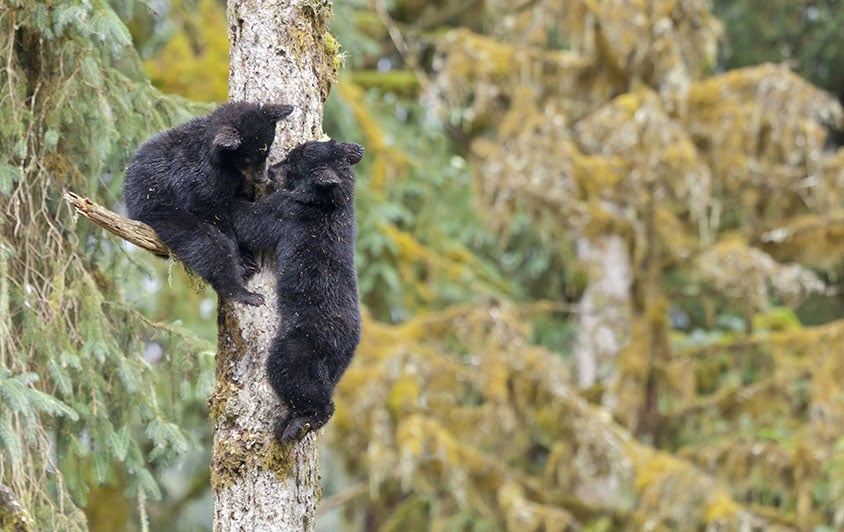
Situations like this have happened quite often. But it’s key to remember to STAY CALM. Yes my heart was red-lining in these situations, but keeping calm on the outside will typically make the situation better.
If the bear does not lose interest in you:
- Make yourself as big as possible and make lots of noise.
- Leave the area or take a detour.
- Back away slowly, and sideways to avoid tripping and falling.
If a bear attacks you:
- For black bears, fight back, use pepper spray, a knife, a trekking pole, rocks to the nose, whatever it takes. Try to escape to a secure location
- For grizzly bears, lie down on your stomach, protect your head and back of your neck, play dead until the bear loses interest and leaves
Snakes
There are many non-poisonous snakes on the trail as well as the poisonous variety. Some of the more common poisonous snakes are copperheads and rattlesnakes. In either case, the goal is not to get bitten in the first place. Snakes are generally not interested in humans, but certain precautions can help prevent snake bites.
- Pay attention to the trail up ahead
- When stepping over large trees or rocks try to scan the other side first
- Do not place your hands in spots without looking first (think rocky ledges and tree stumps)
- Use trekking poles to create vibrations that snakes can feel as an alert that you are coming
- Use trekking poles to probe unknown areas that you may need to cross
- At night, make sure to use a headlamp
If you are bitten:
- Remain calm
- Try to identify the snake, but don’t try to capture it
- Stop the spread of venom by immobilizing the area with a pressure bandage or wrap
- If possible, call for help and remain still to prevent the venom from spreading
- If not possible, start slowly walking to the nearest road to decrease the rate at which the venom spreads
Creepy Crawlies
You will encounter many types of creepy crawlies while exploring the wilderness. Common examples are spiders, ticks, mosquitoes and black flies. In most cases, the only real threats come from ticks and mosquitoes, although this is also rare. Ticks are notable for carrying Lyme disease, a potentially life-threatening disease. Mosquitoes are known to carry the West Nile Virus and malaria, both of which can be life-threatening. Like everything else, the best defense is prevention.
- Wear long pants and sleeves to minimize exposed skin area
- Wear light colored clothing to help spot ticks and mosquitoes for removal
- Wear a head net for additional protection against mosquitoes
- Apply a minimum of 30% DEET to exposed skin
- Check yourself regularly for ticks and remove any attached ticks as soon as possible
Hopefully this article makes you feel more prepared for the unpredictability of nature. Preparedness saves lives. Venture Onward.
If you have a question or want to share your story, let us know be commenting below.


